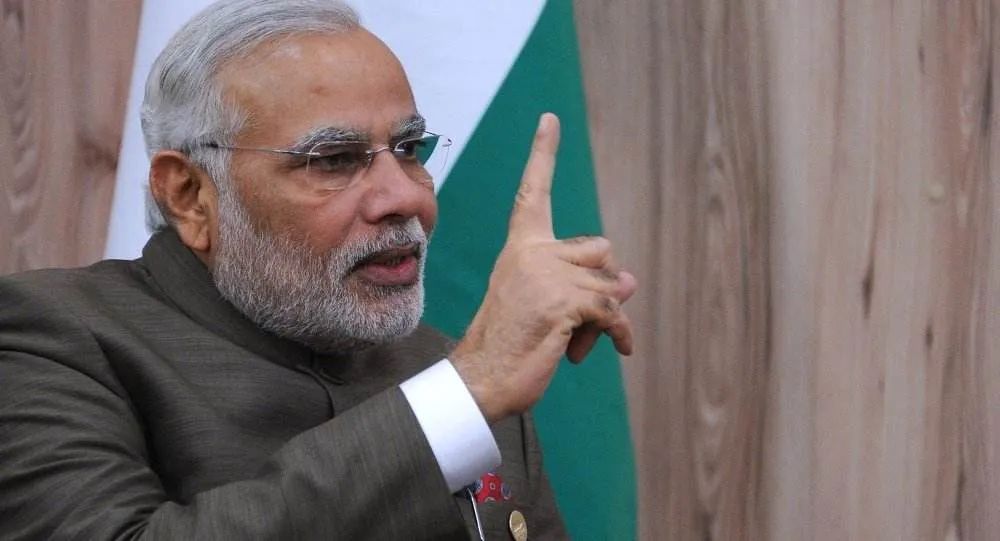Indian media remind Modi government: India is not China
Article on the website of the Indian Times of India on November 15, original title: India is not China, copying its industrial and trade policies will incur sanctions
The government announced a production-linked incentive measure (PLI) with an amount ranging from 4% to 6% of sales. It will cost about 2 trillion rupees (0.7% of GDP) in 5 years and is applicable to committed investment in 11 industries And companies that increase production on a large scale. This means that India is trying to copy China’s “industrial policy”, or the country’s support for specific industries, to make it a national leader. The risk of doing so is great. Because India is not China.
(Propagated by the Modi government) Atmanirbhar means “self-reliance”. The government said that this is not “self-sufficiency”. Nehru and Indira Gandhi tried to “self-sufficiency”, but the result was disastrous. The goal of “self-reliance” is not only to produce for India, but also to produce for the world, to build India as an export center, and to create a large number of employment opportunities.
This begs the question: what will India import? If India shuts out imports but exports on a large scale, it will incur sanctions on Indian exports, just like China has encountered.
Beijing has been spared for many years because it was initially poor and exported cheap labor-intensive products, which did not pose a threat to the West. Once China becomes richer and competes with the West in the high-tech field, it will be condemned and sanctioned. This is also a warning to India.
When India was still a poor country with limited exports, it could shut out imports without fear of retaliation. But when India is strong, it must open its doors to imports, otherwise it will face sanctions. The Trump-led United States has imposed a series of trade sanctions on India, affecting India’s exports worth US$6 billion.
The “self-sufficiency” during the Nehru period only brought about 3.5% GDP growth. There is a view that countries must cultivate the “baby industry” so that it can grow, become strong and competitive. However, Indian “babies” refuse to grow up and become uncompetitive “old people”.
Modi seeks to create an industry that attracts large multinational companies, create a large-scale production center with top technology and economies of scale, and become a global export center. This is much better than Nehru’s vision. But it still has the risk of subsidizing high-cost industries, which will never be competitive.
China is successful because its land acquisition is cheap and fast, which is time-consuming and expensive in India. The cost of electricity in India is one of the highest in the world, and electricity in China is the cheapest.
China’s infrastructure and transportation costs are extremely competitive, while India’s competitiveness is pitifully low.
China has labor flexibility, but India does not. Copying China’s policies does not only mean industrial policies and subsidies, it also means promoting large-scale reforms in other politically sensitive areas, which is difficult to do in a country like India.



